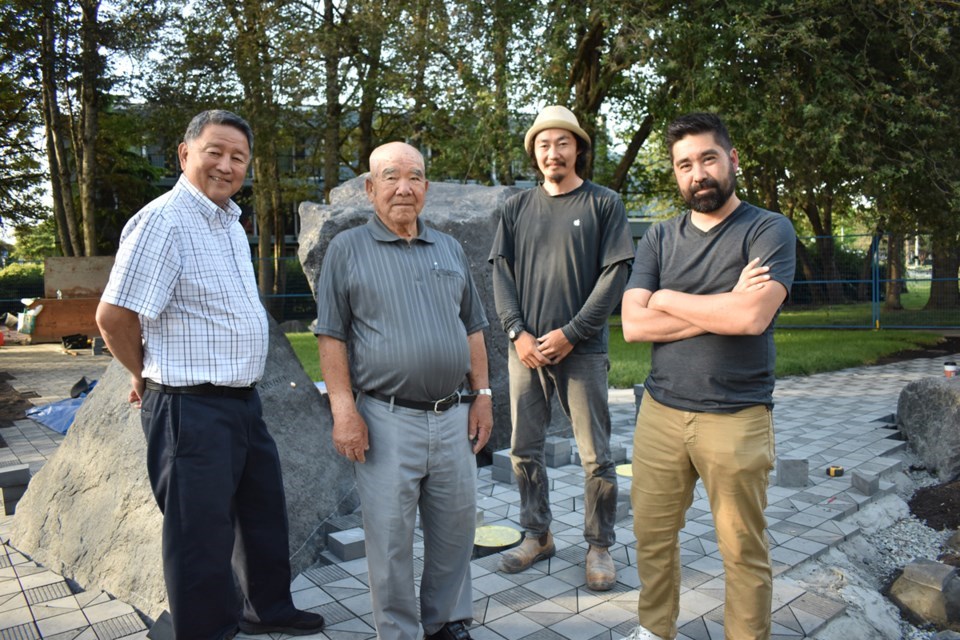A Steveston memorial commemorating the history of the Japanese people has received a national award.
The National Society of Landscape Architects chose the Steveston Nikkei Memorial project, created by Hapa Collaborative, for an award of excellence. The jury was unanimous in its decision, finding it beautiful “both in concept and execution.”
The jurors described the memorial as a “simple, elegant, community driven, commemorative design response that makes a significant contribution to reconciliation for the internment of Japanese Canadians in the 1940's in British Columbia.”
The jurors found the pavement details “particularly intriguing and beautiful.” The paving stones on the ground represent the weaving Japanese women did during internment despite the harsh conditions.
The project was started in 2017 as the 75th anniversary of the removal of the Japanese from Steveston and Richmond was approaching.
“I really want to honour our parents and grandparents for the injustice they suffered as well as the resilience and perseverance to survive that,” said Kelvin Higo, who himself was the son of a Japanese fisherman, in 2019 when it was completed.
Joseph Fry with Hapa Collaborative was chosen to design the Steveston Nikkei Memorial.
As the site beside the Steveston Tram building was being considered for the memorial, Hapa Collaborative pitched the idea of making the whole site a memorial instead of just having one piece of public art.
The Steveston Nikkei Memorial includes two large boulders with a crevasse between them that represents the separation of the Japanese community from their home in Steveston as they were sent out to internment camps in B.C. and even farther to work on farms.
The boulders are granite from Quebec and represent the fact the Japanese were sent as far away as the Canadian Shield.
The names of the internment camps are engraved into the boulders. There is also a constellation of markers symbolizing the other places, too many to name, where the Japanese were sent.



